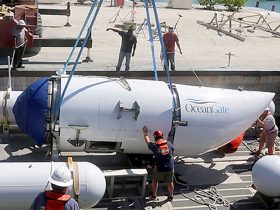The purchase of a new iPhone 15 highlights the appeal of its advanced features, such as the A17 Pro chip and a terabyte of data storage, despite its high cost. These features promise support for upcoming AI capabilities and offer a significantly better camera, which can be essential for tasks like frequent blogging that require high-quality photographs. Additionally, passing on an old, still functional phone to someone else can be a rationalization for upgrading.
However, many older phones remain capable of performing essential functions, with only minor maintenance needed, such as battery replacements. The evolution of iPhones since the 2010 iPhone 4 shows a pattern of incremental improvements rather than revolutionary changes. This trend is not limited to iPhones but extends across the smartphone industry, including brands like Samsung, Huawei, and Google, indicating a maturation of the market and technology.

Technological advancements often follow a Sigmoid function, an S-shaped curve depicting slow initial progress, rapid development, and eventual leveling off as the technology matures. Smartphones are currently at the plateau stage of this curve, reflecting the industry’s transition from a phase of rapid innovation to one of steady, incremental improvements. This pattern has been observed in other tech innovations, from silicon chips to cloud computing.
AI technology appears to be on a similar trajectory. After initial breakthroughs like big data, neural networks, and deep-learning architectures, the development of large language models such as ChatGPT has driven the technology up the middle part of the Sigmoid curve. The industry has experienced a period of intense development and investment, but the crucial questions now are how far AI has progressed up the curve and when it will reach the plateau.
There are signs that AI may be approaching this plateau. The technology is being commoditized, with companies releasing smaller, more affordable models due to rising energy costs. Despite widespread corporate investment and numerous AI pilot projects, few have reached full deployment. The excitement around AI, akin to the anticipation for new smartphones, may be diminishing as the technology becomes more routine and less groundbreaking.







Leave a Reply